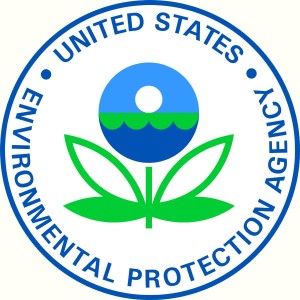Overview of Federal and California Process Safety Regulations (Part 1 of 3)
Persons new to process safety are often perplexed by the similarities and differences between USEPA’s Risk Management Program (RMP) and OSHA’s Process Safety Management (PSM) regulations. Working in the great state of California confuses matters further since one has to also navigate the requirements of the California Accidental Release Prevention (CalARP) Program and Cal/OSHA’s Process Safety Management (PSM) regulation. I’m often asked why there so many regulations to satisfy the same intent. There is not a simple answer to that question, but in the next few blogs, I will attempt to iron out some of the major differences between these four (4) regulations.
RMP vs. PSM
USEPA’s Risk Management Program (RMP) and OSHA’s Process Safety Management (PSM) regulation were developed to achieve the same intent: prevention of the accidental release of hazardous substances. Generally speaking, OSHA aims to protect employees, while USEPA’s goal is the protection of the environment. The methods employed by each agency to achieve these goals are very similar, but some key differences do exist.
The RMP regulation is broken into three (3) tiers known as Program 1, Program 2, and Program 3 respectively. The requirements for each program level differ with Program 3 being the most stringent and Program 1 the least. PSM has no comparable program level distinction. In addition, the USEPA’s RMP can be broken into three (3) main categories:
- Hazard Assessment
- Prevention Program
- Emergency Response
Hazard Assessment
The Hazard Assessment is an analysis of the worst-case and alternative release scenarios of a covered process for the purpose of determining the potential impact of an accidental release. The Hazard Assessment must identify potential public and environmental receptors that may be affected in the event of an accidental release.
Prevention Program
The Prevention Program is composed of performance based elements which are designed to reduce the likelihood of accidental release. The required prevention program elements for a covered process will vary based on the Prevention Program Level applied to the process. As outlined above, Program 3 is the most stringent RMP program level and consists of the following elements:
- Process Safety Information
- Process Hazard Analysis
- Operating Procedures
- Training
- Mechanical Integrity
- Management of Change
- Pre-Startup Safety Review
- Compliance Audits
- Incident Investigation
- Employee Participation
- Hot Work Permit
- Contractors
Program 2 has several less required elements, and Program 1 is not required to implement any of the prevention program elements and therefore need only comply with the requirements of Hazard Assessment and Emergency Response
Emergency Response
Each facility subject to the requirements of RMP must comply with the following emergency response requirements:
- Development of a written program
- Procedures for notifying response agencies
- Documentation of proper first-aid and medical treatment
- Procedures for the use of emergency response equipment
- Emergency response training
- Coordination with local first responders
PSM has does not have a comparable requirement to the Hazard Assessment, but rather is subdivided into fourteen (14) distinct elements which closely match the Program 3 Prevention Program Elements:
- Employee Participation
- Process Safety Information
- Process Hazard Analysis
- Operating Procedures
- Training
- Contractors
- Pre-Startup Safety Review
- Mechanical Integrity
- Hot Work Permit
- Management of Change
- Incident Investigation
- Emergency Planning and Response
- Compliance Audits
- Trade Secrets
Finally, USEPA requires a submission of key RMP information every five (5) years (more often based on other triggers), while OSHA requires no such submission of PSM information.



Leave a Reply